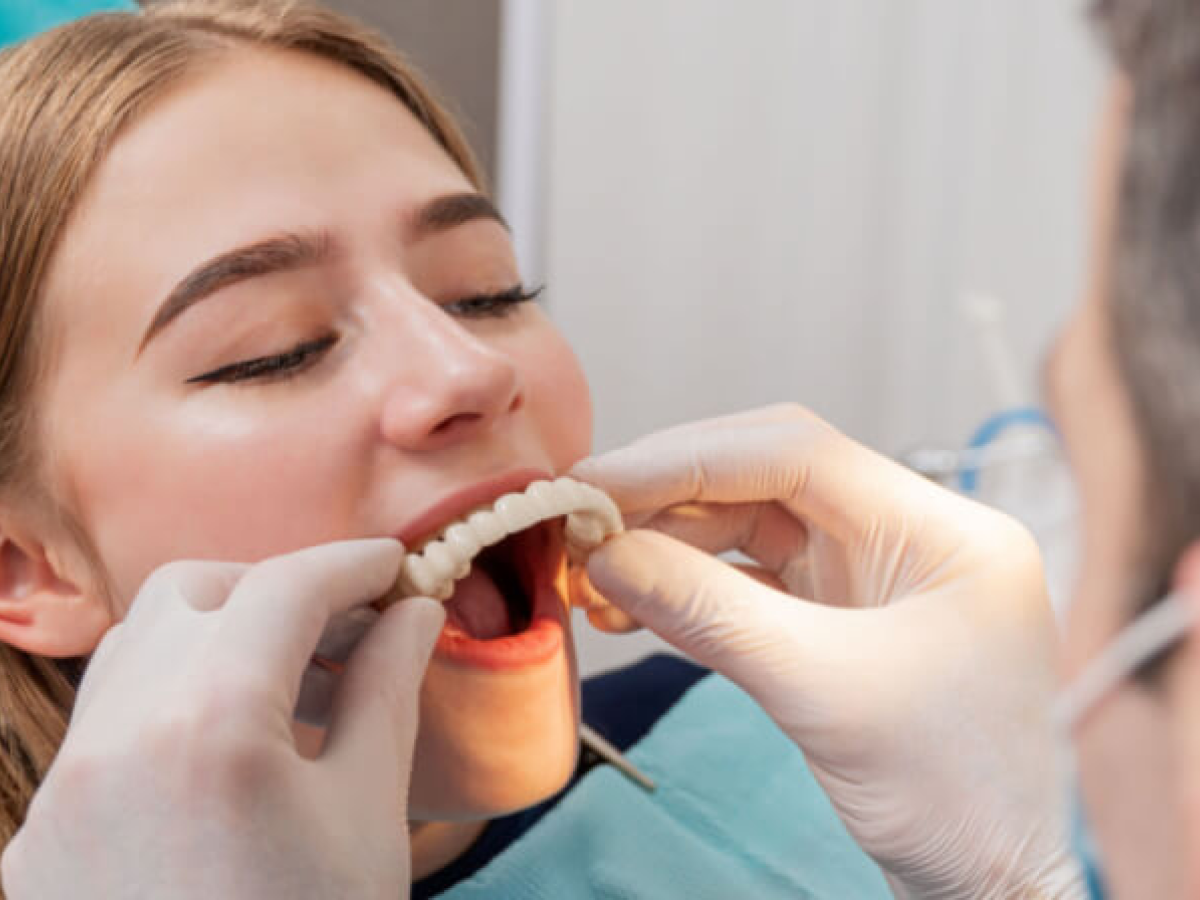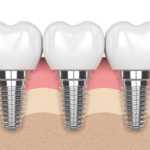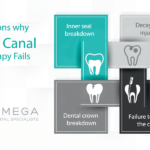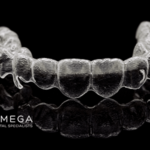What to do when you have no teeth?

Total edentulism, or full tooth loss, is not an eventual, healthy occurrence in adult populations. Most often, it is the result of repeated tooth extractions from the combined pathologic processes of dental decay, periodontal disease, or a method to reduce the costs associated with dental treatment.
Table of Contents
What are the most common causes of tooth loss in adults?
-
Age
Similar to other pathologic outcomes of disease, the occurrence of a total loss of teeth is directly related to the age of the patient. The rate of edentulism increases at 4 percent over ten-year periods in early adult years and increases to more than 10 percent per decade after age 70, studies show. The average total edentulous rate around the world is 20 percent at age 60, although there is wide disparity from countries with the highest and lowest edentulism rates
In the 65- to 74-year age group, for example, the total edentulous rate in Kenya and Nigeria was 4 percent, whereas the Netherlands and Iceland have a 65.4 percent and 71.5 percent rate, respectively. The edentulous Canadian rate was 47 percent at 65 to age 69 and 58 percent from ages 70 to 98.
-
Level of Education
One of the main factors influencing total edentulism was the level of education reached among the populations affected. In data from the Canadian Health Promotion Survey from 1990, those least educated had an edentulous rate of 50 percent, whereas those with a college education had a low, 4 percent rate.
The United States showed a similar pattern in the period from 1988 to 1994, with an edentulous rate of 22 percent for those with less than eight years of education, 12 percent for those with nine to 11 years of school, eight percent for those with 12 years of school, and 5 percent for individuals with more than 12 years of education.
-
Household Income
Income is also often related to education in patients and appears to also play a role in the rate of edentulism. In the National Institute of Dental Research national surveys, the occurrence of total edentulism of a single arch (35 times more frequent in the upper jaw) was slight in the 30- to 34-year-old age group, but it increased at around age 45 to 11 percent and then remained constant after 55 years at approximately 15 percent of the adult population.
A total of approximately 12 million individuals in the United States have edentulism in one arch, representing seven percent of the adult population. The 1999 to 2002 survey found that total edentulism of both upper and lower jaws occurred in nearly eight percent of the adult population in the United States or almost 20 million people.
The present younger population is benefiting most from today’s advanced knowledge and restorative techniques. Edentulism has been noted in five percent of employed adults, ages 40 to 44, gradually increasing to 26 percent at age 65, and almost 44 percent of seniors older than age 75. As expected, older persons are more likely to missing all their teeth. Gender was not found to be associated with tooth retention or tooth loss once adjustments were made for age.
The percentages of one- or two-arch edentulism translates into more than 30 million people or about 17 percent of in the entire United States adult population. To put these numbers in perspective, 30 million people represent approximately 17 percent of the entire United States’ African-American population or the whole population of Canada. Although the edentulism year rate is decreasing every decade, the elderly population is rising so rapidly that the adult population in need of one or two complete dentures will increase from 33.6 million adults in 1991 to 37.9 million adults in 2020.
Today, more and more people are choosing dental implants over dentures as a solution for restoration. With benefits like improved comfort, enhanced chewing ability, and better overall dental health, the advantages of dental implants run much deeper than their cosmetic appeal.
What is an Implant-Supported Denture?
An implant-supported denture is a type of overdenture that is supported by and attached to implants. A regular denture rests on the gums and is not supported by implants. An implant-supported denture is used when a person doesn’t have any teeth in the jaw but has enough bone in the jaw to support implants. An implant-supported denture is a type of overdenture that is supported by and attached to implants. It has special attachments that snap onto attachments on the implants. A regular denture rests on the gums and is not supported by implants.
Implant-supported dentures usually are made for the lower jaw because regular dentures tend to be less stable there. Usually, a regular denture made to fit an upper jaw is quite stable on its own and doesn’t need the extra support offered by implants. However, you can receive an implant-supported denture in either the upper or lower jaw. Your doctor will be able to make the best possible recommendations for you and your specific needs.
Are Financing options available For These Treatments?
We accept most insurances. If you are out of coverage, we help you with financing and easy-to-pay payment plans. Don’t worry if you have reached the maximum cap with your insurance provider for the year or do not otherwise have coverage to pay for your dental treatment. There are other options available. We offer a convenient list of options for making payment arrangements, and we work hard to make many third-party lenders and other types of credit programs available for our patients. Additionally, check our specials often for occasional special deals on implants.
-
February 15, 2023What Is The Average Cost Of Braces In Houston?
-
February 01, 2023What You Need to Know About Dental Hygienists?
-
January 30, 2023What to Expect During the Wisdom Teeth Extraction
-
October 23, 2022Wisdom Tooth Removal Cost
-
October 23, 2022Dental Emergency, Open Saturday
-
October 23, 2022Full Guide to Dental Crown
-
July 26, 2022Should I Have My Wisdom Teeth Removed Before I Get Braces?
-
July 26, 2022Complete Guide to Wisdom Tooth Removal





